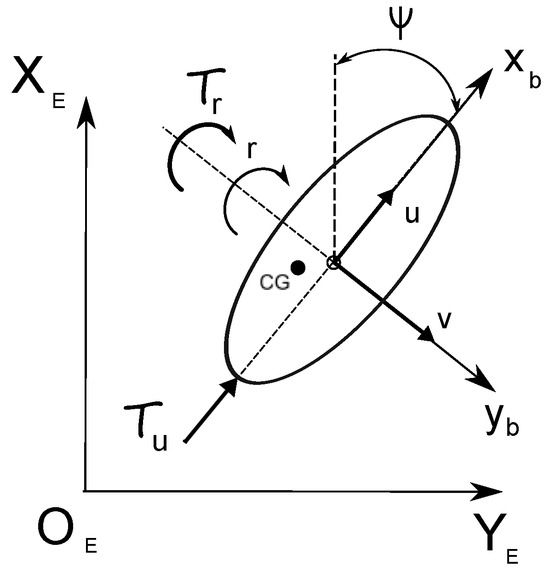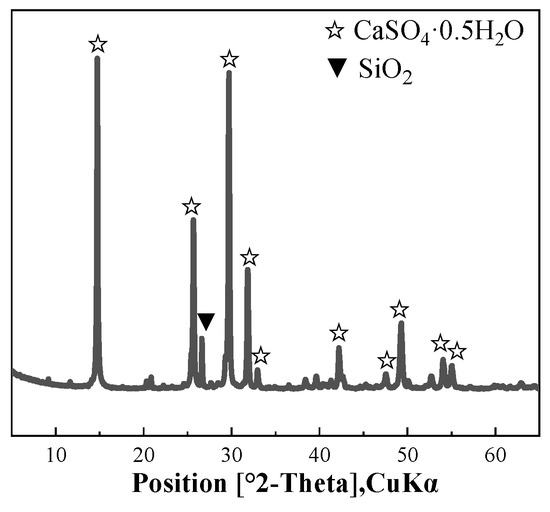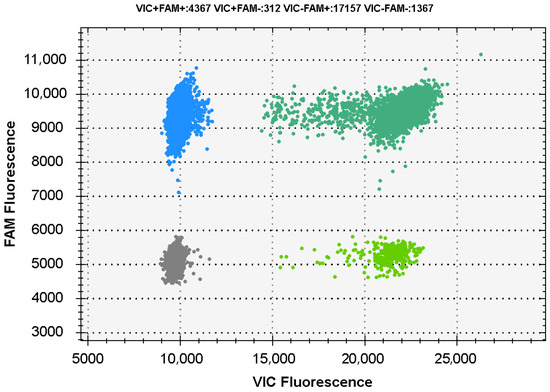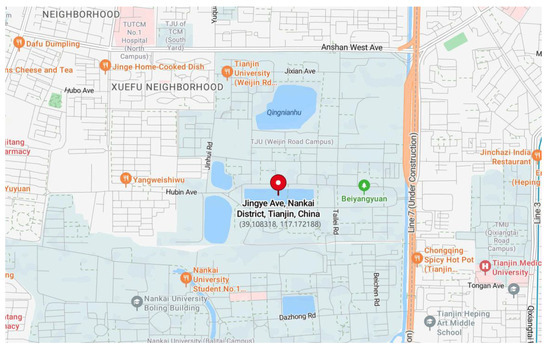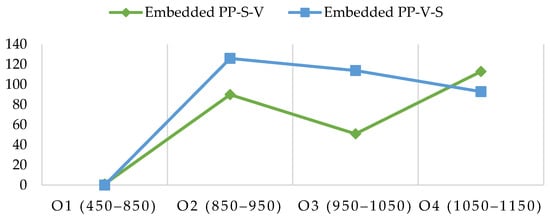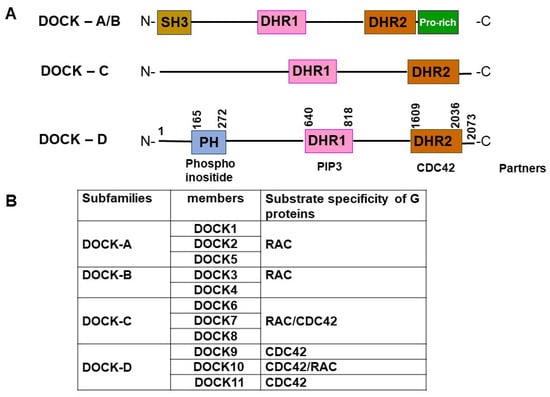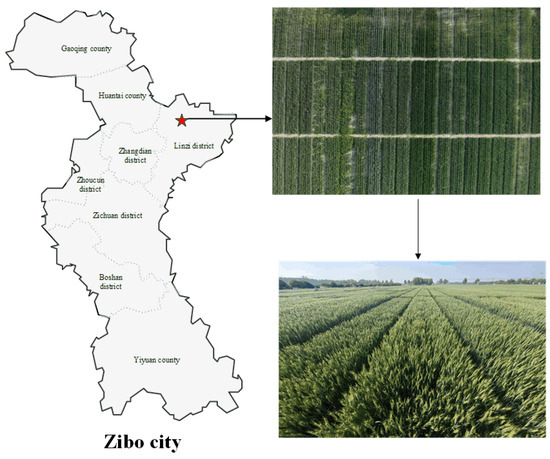Nowadays, we have observed the dynamic development of bio-heating plants that use wood biomass for heating or energy purposes. The result of this process is a reduction in carbon dioxide emissions as well as in the production of biomass ash (BA). Despite the waste nature of BA, it should be carefully analyzed and assessed for various applications, including environmental ones. Due to the features attributed to BA, including its alkaline reaction, the high capacity of its sorption complex, relatively low salinity, and significant content of macro- and microelements, a hypothesis was put forward in this work undertaken about the positive role of BA as an immobilizing factor for Cd-, Pb-, and Zn-contaminated soils. This research was based on a pot experiment in which four series were considered: (1) BA; (2) BA + Cd; (3) BA + Pb; and (4) BA + Zn. BA was used at doses of 30, 60, and 90 mg pot
−1, and metals at doses of 2 mg Cd, 100 mg Pb, and 300 mg Zn kg
−1 of soil. The test plant was corn grown for green mass. The study took into account the influence of BA on the content of the total forms of heavy metals (Me
tot) and their available forms (Me
av). In the soil without the addition of metals, a significant increase in the content of Cd
tot and Cd
av, and a decrease in the content of Zn
tot were observed due to the application of BA. The addition of metals against the background of the BA used resulted in a significant increase in Cd
tot, Pb
tot, and Zn
tot, as well as an increase in the available forms of Pb
av but a decrease in Zn
av. However, there was no significant increase in the Cd
av content. The obtained results may indicate the potentially immobilizing role of BA only in the case of zinc. They may constitute the basis for further, more detailed research aimed at determining the role of BA in the immobilization of various metals in soil.
Full article
 IJMS
IMPACT
IJMS
IMPACT Applied Sciences
IMPACT
Applied Sciences
IMPACT Sustainability
IMPACT
Sustainability
IMPACT Sensors
IMPACT
Sensors
IMPACT JCM
IMPACT
JCM
IMPACT Materials
IMPACT
Materials
IMPACT Molecules
IMPACT
Molecules
IMPACT Energies
IMPACT
Energies
IMPACT Electronics
IMPACT
Electronics
IMPACT Remote Sensing
IMPACT
Remote Sensing
IMPACT Cancers
IMPACT
Cancers
IMPACT Nutrients
IMPACT
Nutrients
IMPACT Mathematics
IMPACT
Mathematics
IMPACT Foods
IMPACT
Foods
IMPACT Buildings
IMPACT
Buildings
IMPACT Polymers
IMPACT
Polymers
IMPACT Animals
IMPACT
Animals
IMPACT Water
IMPACT
Water
IMPACT Plants
IMPACT
Plants
IMPACT Agronomy
IMPACT
Agronomy
IMPACT Biomedicines
IMPACT
Biomedicines
IMPACT Processes
IMPACT
Processes
IMPACT Microorganisms
IMPACT
Microorganisms
IMPACT Diagnostics
IMPACT
Diagnostics
IMPACT Nanomaterials
IMPACT
Nanomaterials
IMPACT Viruses
IMPACT
Viruses
IMPACT Medicina
IMPACT
Medicina
IMPACT Healthcare
IMPACT
Healthcare
IMPACT Cells
IMPACT
Cells
IMPACT Forests
IMPACT
Forests
IMPACT Agriculture
IMPACT
Agriculture
IMPACT Land
IMPACT
Land
IMPACT JMSE
IMPACT
JMSE
IMPACT IJERPH
IJERPH
 Symmetry
IMPACT
Symmetry
IMPACT Genes
IMPACT
Genes
IMPACT Pharmaceutics
IMPACT
Pharmaceutics
IMPACT Coatings
IMPACT
Coatings
IMPACT Micromachines
IMPACT
Micromachines
IMPACT Pharmaceuticals
IMPACT
Pharmaceuticals
IMPACT Atmosphere
IMPACT
Atmosphere
IMPACT Children
IMPACT
Children
IMPACT Religions
IMPACT
Religions
IMPACT Antioxidants
IMPACT
Antioxidants
IMPACT Life
IMPACT
Life
IMPACT Metals
IMPACT
Metals
IMPACT Biomolecules
IMPACT
Biomolecules
IMPACT Vaccines
IMPACT
Vaccines
IMPACT Education Sciences
IMPACT
Education Sciences
IMPACT Minerals
IMPACT
Minerals
IMPACT Horticulturae
IMPACT
Horticulturae
IMPACT Brain Sciences
IMPACT
Brain Sciences
IMPACT JPM
IMPACT
JPM
IMPACT Bioengineering
IMPACT
Bioengineering
IMPACT





